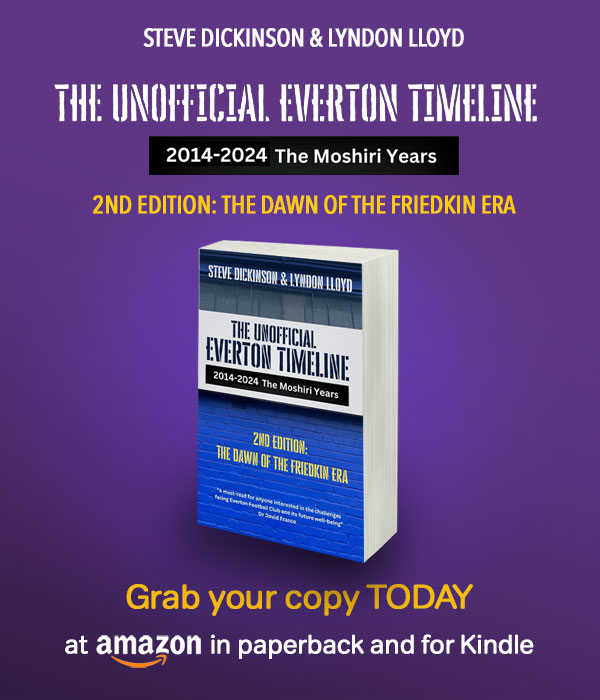|
GFE Feasibility Study for Redeveloping Goodison Park Financial Review of Proposals The aim of this financial review is to:
Using conservative assumptions it can be shown that the redevelopment of Goodison Park will repay itself. Direct comparison of redeveloping Goodison against building a new stadium shows a lower funding requirement on redevelopment. Cash Flow The cash flow has deliberately used conservative assumptions. Nineteen Premier League games are assumed with just one home cup game. Nothing is assumed about Europe. The "New Stadium Effect" of increasing attendances is assumed to be around 40% of the usually observed effect. An interest rate of 12% has been used to cover future rises. A full list of assumptions is shown in Appendix 3. It is assumed that Everton would be able to finance £20 million of the development from advance sponsorship, corporate entertaining, grants and share issues. Such a capital injection serves to increase profits by reducing the interest burden and gives a large "comfort" margin. The proposals will, however, pay back without the initial injection. Two cash flows are included. Appendix 1 develops the proposals for rebuilding the stadium on the current footprint. Appendix 2 gives a comparison for the same stadium being built, but on a new site. Loss of Capacity The inevitable loss of capacity and, therefore, gate receipts on demolition of the stands to be redeveloped is an unavoidable cost of the rebuilding option. Against this should be set the increased capacity of the rebuilt stands and the financially beneficial effect of the added "premium" seating. In working the cash flows, three sets of assumptions have been followed. The first was to assume that Everton will sell, as a proportion of available seats, the same proportion as for the 1997/1988 season. An exception was made for those periods where capacity will fall below the present average attendance of 35 353. When the capacity falls below this level it has been assumed that all seats will be sold. On this basis the increase in capacity from the new stands and the premium seating income, begins to outweigh the loss from demolitions of stands, by October in the second year. All the losses caused by the initial drop in capacity are recouped by the end of the second year. For inclusion in the cash flow analysis it has been assumed that some "New Stadium Effect" (see below) will arise. The assumption is that attendances in the new 50 000 seater stadium will average 45 000 rather than the 44 000 predicted by the "current percentage" sold. It has also been assumed that this increase in attendances will occur in proportion to the additional capacity. In all the calculations the net effect of capacity variances becomes beneficial before the stadium has been completely redeveloped. The increased capacity generated can be used to part-fund the further development. By contrast a new build stadium will only begin to contribute when it is complete; the full build cost will need to be expended before any is recouped. The peak level of funding required for a redevelopment is considerably lower than that for a new build, as Appendices 1 and 2 show. If a new build however can be completed earlier (in Sunderland's case, within one year), rather than the two years assumed for a new 50 000 seater stadium in this report, then the full rather than partial benefits flow earlier, and a new build makes more profit earlier than a redevelopment.
|










